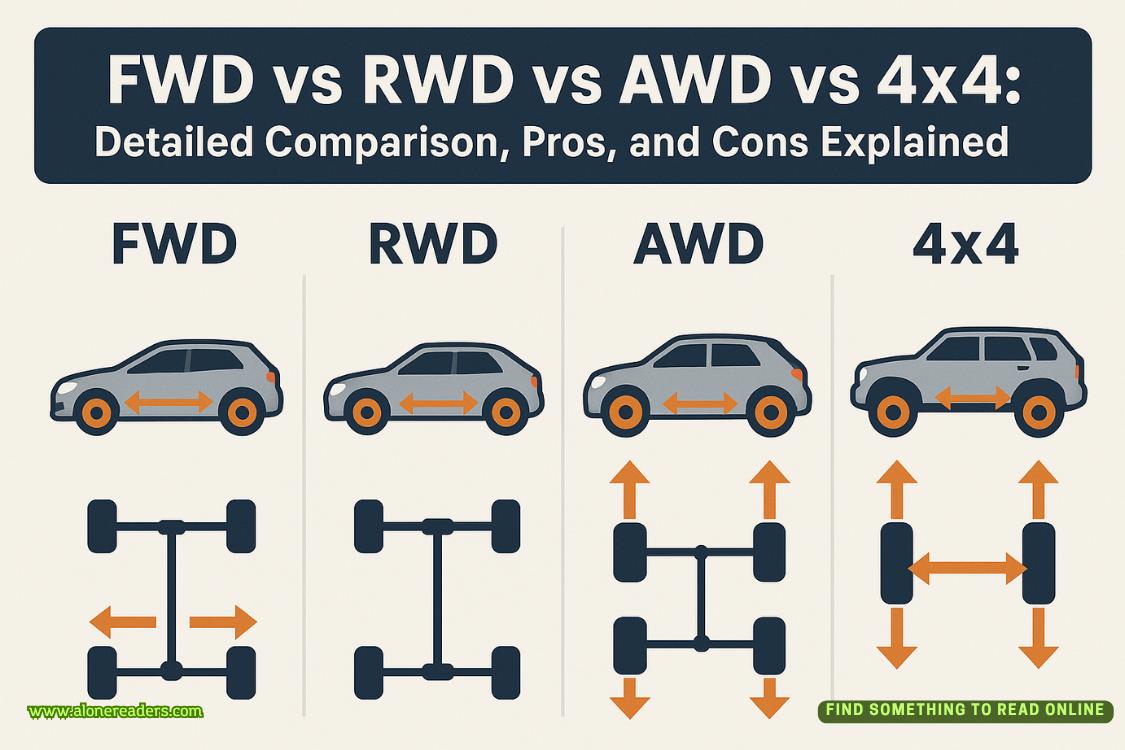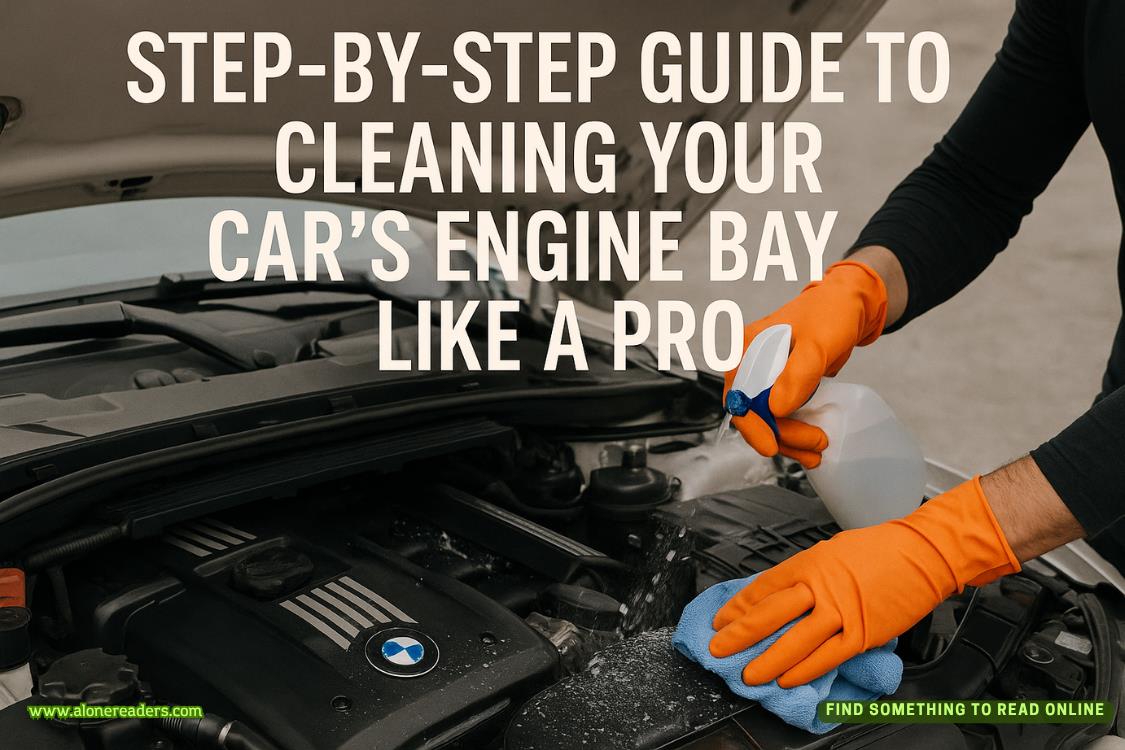Page 54 of Heart Surgeon to Single Dad
She just stared.
“That work for you?”
Still wondering what she had gotten herself into, but knowing she was on this roller-coaster ride, Natalie nodded.
Matthew’s smile was brighter than the screen he’d just clicked on when he said, “It’s a date.”
CHAPTER TWELVE
MOISTURE TRICKLED DOWN the back of Natalie’s neck and beneath her scrubs. A surgical nurse kept the sweat from her face by dabbing gauze over it every so often. Delaine Harris’s abdomen had been opened and the sweet little girl inside was being operated on while still attached by the umbilical cord. They’d been carefully making incisions into her tiny body as they threaded the smallest possible arterial catheter into her heart.
Via the catheter, Natalie and Matthew had repaired the blockage in the pulmonary artery that, once the baby was born and having to breathe on her own, would have prevented her body from getting oxygenated blood.
Everything connected with repairing the blockage had gone smoothly and they’d made the decision to repair the large ventricular defect with a patch. Using the computer for guidance and just as she’d practiced dozens of times, Natalie placed the patch, closing the abnormal defect one painstaking suture at a time. Matthew stood on the opposite side of her, working to suture the patch as well.
As much as she wanted to glance away from the screen to meet his eyes, to see his wink of encouragement, she didn’t dare look away from the image of Delaine’s baby’s tiny heart.
No matter. She could feel Matthew’s presence, feel his encouragement as surely as if he were speaking the words.
Along with the obstetrician, a neonatologist, an anesthesiologist and a slew of nurses an
d surgical techs, Matthew was a valued member of the surgical team.
Having him there meant everything.
Which was a little scary.
She didn’t want to get too dependent upon him. She didn’t want to depend on anyone. Hadn’t she learned her lesson over and over—that to depend on someone was to set oneself up for disappointment?
Natalie worked on reattaching one set of vessels while he worked on another. Considering their tiny workspace, how well they worked together was quite impressive.
Not once did he attempt to take over—he just followed her lead, perfectly performing his repair while she made hers.
An alarm sounded, indicating that Mom’s heart rate was dipping.
“Got this,” the anesthesiologist assured, as he and the obstetrician made medication and fluid adjustments.
Natalie hoped they were right. Everything was proceeding according to plan, but it would be another few hours before they were done.
When they’d finally finished the baby’s heart surgery and stepped back to let the obstetrician take over safely closing the baby inside her mother’s uterus, Natalie felt like her insides might explode with excitement.
She’d done it.
Something she’d dreamed of doing for years, since being in residency and proposing the idea. She’d performed her first in-utero vessel transposition repair. She’d written papers on the procedure, done hundreds of computer simulations, believed it would improve the long-term outcomes of her patients.
Emotions rushed through her as she realized she’d just performed what could be the most important surgery of her career. If it worked—it had to work—it could change the entire way “blue baby” care was approached.
Now, for the next few months, they’d wait and see if she’d been correct. Wait, and do a whole lot of praying.
Which was okay. Natalie did a lot of praying with each surgery she performed because that was someone’s precious child.
Because some children were wanted and loved.
Not all kids ended up in the foster program as she had.
Just look at Carrie.
Natalie slipped off her surgical mask, slumped against the wall of the room she’d just entered, and prayed that Delaine and her baby continued to do well—better even.















